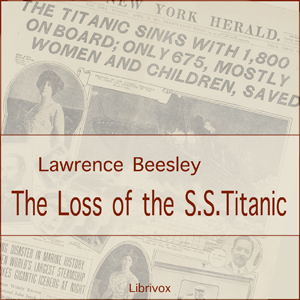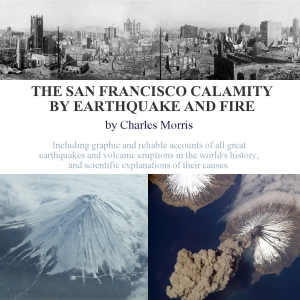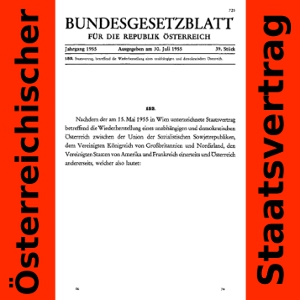- Cover Explanation, In Memoriam, Board Statement
- Executive Summary, Report Synopsis
- An Introduction to the Space Shuttle, An Introduction to NASA
- Pt 1: The Accident Ch 1: The Evolution of the Space Shuttle Program
- Ch 2a: Columbia's Final Flight, part 1
- Ch 2b: Columbia's Final Flight, part 2
- Ch 2c: Columbia's Final Flight, part 3
- Mission Control Center Communications
- Ch 3a: Accident Analysis, part 1
- Foam Fracture Under Hydrostatic Pressure
- Ch 3b: Accident Analysis, part 2
- Ch 3c: Accident Analysis, part 3
- Ch 3d: Accident Analysis, part 4
- Ch 3e: Accident Analysis, part 5
- Ch 3f: Accident Analysis, part 6
- Ch 4a: Other Factors Considered, part 1
- Ch 4b: Other Factors Considered, part 2
- Pt 2: Why the Accident Occurred, Ch 5a: From Challenger to Columbia, part 1
- Ch 5b: From Challenger to Columbia, part 2
- Ch 5c: From Challenger to Columbia, part 3
- Ch 6a: Decision Making at NASA, part 1
- Ch 6b: Decision Making at NASA, part 2
- Ch 6c: Decision Making at NASA, part 3
- Ch 6d: Decision Making at NASA, part 4
- Ch 6e: Decision Making at NASA, part 5
- Ch 6f: Decision Making at NASA, part 6
- Ch 6g: Decision Making at NASA, part 7
- Ch 6h: Decision Making at NASA, part 8
- Ch 6i: Decision Making at NASA, part 9
- Ch 7a: The Accident's Organizational Causes, part 1
- Ch 7b: The Accident's Organizational Causes, part 2
- Ch 7c: The Accident's Organizational Causes, part 3
- Ch 8a: History As Cause: Columbia and Challenger, part 1
- Ch 8b: History As Cause: Columbia and Challenger, part 2
- Pt 3: A Look Ahead, Ch 9: Implications for the Future of Human Space Flight
- Ch 10a: Other Significant Observations, part 1
- Ch 10b: Other Significant Observations, part 2
- Ch 11: Recommendations
In 1981, Columbia became the first spacecraft of its type to fly in Earth orbit and successfully completed 27 missions over more than two decades. During the STS-107 mission, Columbia and its crew traveled more than six million miles in 16 days. The Orbiterʼs destruction, just 16 minutes before scheduled touchdown, shows that space flight is still far from routine. It involves a substantial element of risk, which must be recognized, but never accepted with resignation. The seven Columbia astronauts believed that the risk was worth the reward. The Board salutes their courage and dedicates this report to their memory. - Summary from the Board Report
Note: Volumes 2-6 are supporting documents and transcripts not included in this recording.
Note: Volumes 2-6 are supporting documents and transcripts not included in this recording.
There are no reviews for this eBook.
There are no comments for this eBook.
You must log in to post a comment.
Log in











